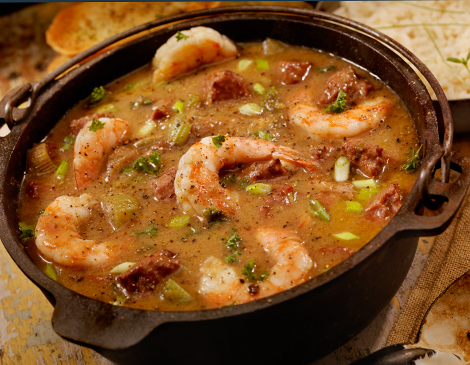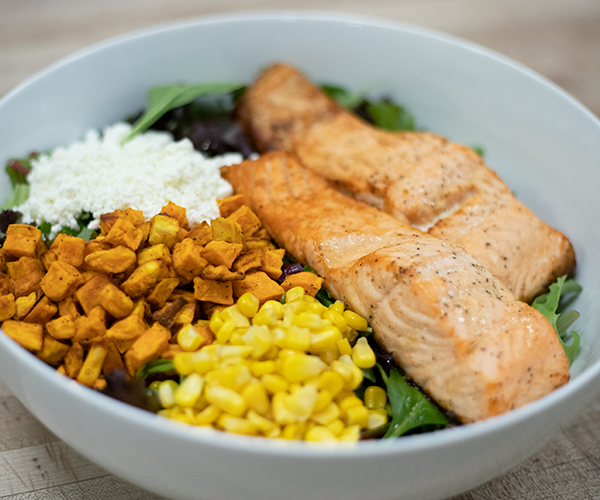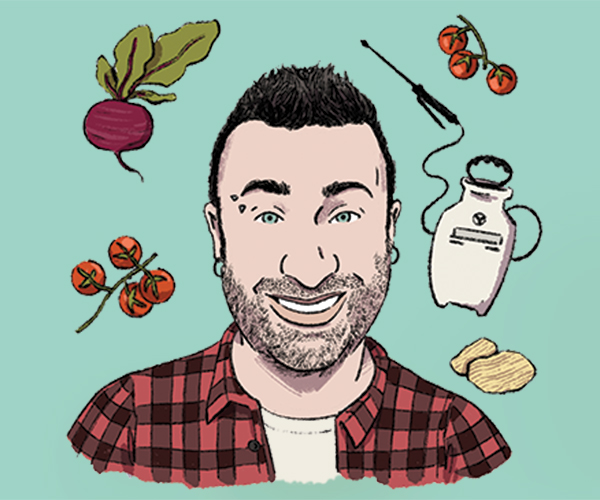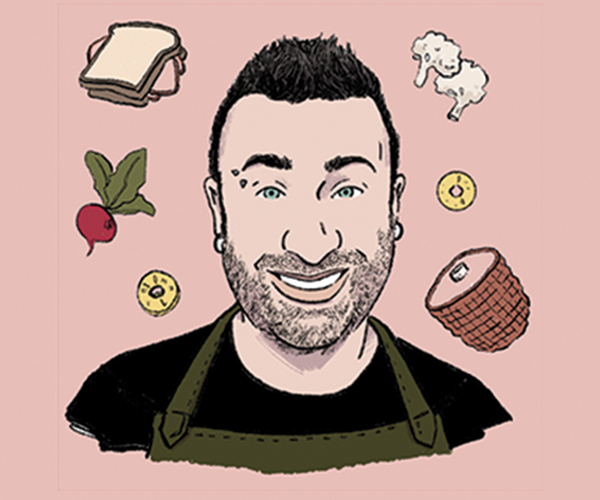The Roux
Cajun: You want a thick, dark consistency — almost a stew. “Cajun [cooking] uses fat, like duck fat, to make the roux,” says Johnny Schulze, chef at Bourbon Street Barrel Room. Combine the fat with flour and just enough broth that it’s not burning in the pot, then cook until it’s a dark brown.
Creole: Your aim is a light sauce, both in color and consistency. Use butter and flour. “Just cook until you cook the rawness out of the flour,” advises Nolan Konkoski, chef and owner of Soho Chicken & Whiskey. “Don’t go too long with it."
The Meats
Cajun: “Andouille is classic,” says Schulze. “It’s a type of blood sausage in France. Here it’s a chunky grind of pork and/or beef, and has more of a cayenne pepper spice. It can be very spicy. It’s smoked and cured real deep.”
Creole: Concentrate on the shrimp, and don’t overcook. Add raw shrimp after the gumbo is cooked, turning off the heat, and let it sit, covered, until the shrimp is ready. And then season to taste. “You can mimic smokiness and saltiness with Old Bay, cayenne, smoked paprika and Worcestershire sauce,” Konkoski says.
The Veggies
Cajun: The overall base is thicker, more like a gravy than a soup. That means there aren’t tons of veggies. In addition to the holy trinity, add some thin-sliced green onions and flat-leaf parsley. And don’t forget the okra. “The word ‘okra’ in African means gumbo,” says Schulze.
Creole: Okra abounds, but tomatoes are the key here. Use them generously: at least a cup of fresh diced ones. “It’s soup-like but with tons of chunks,” says Konkoski. “A lot of the flavor comes from stewed tomatoes and peppers.”




